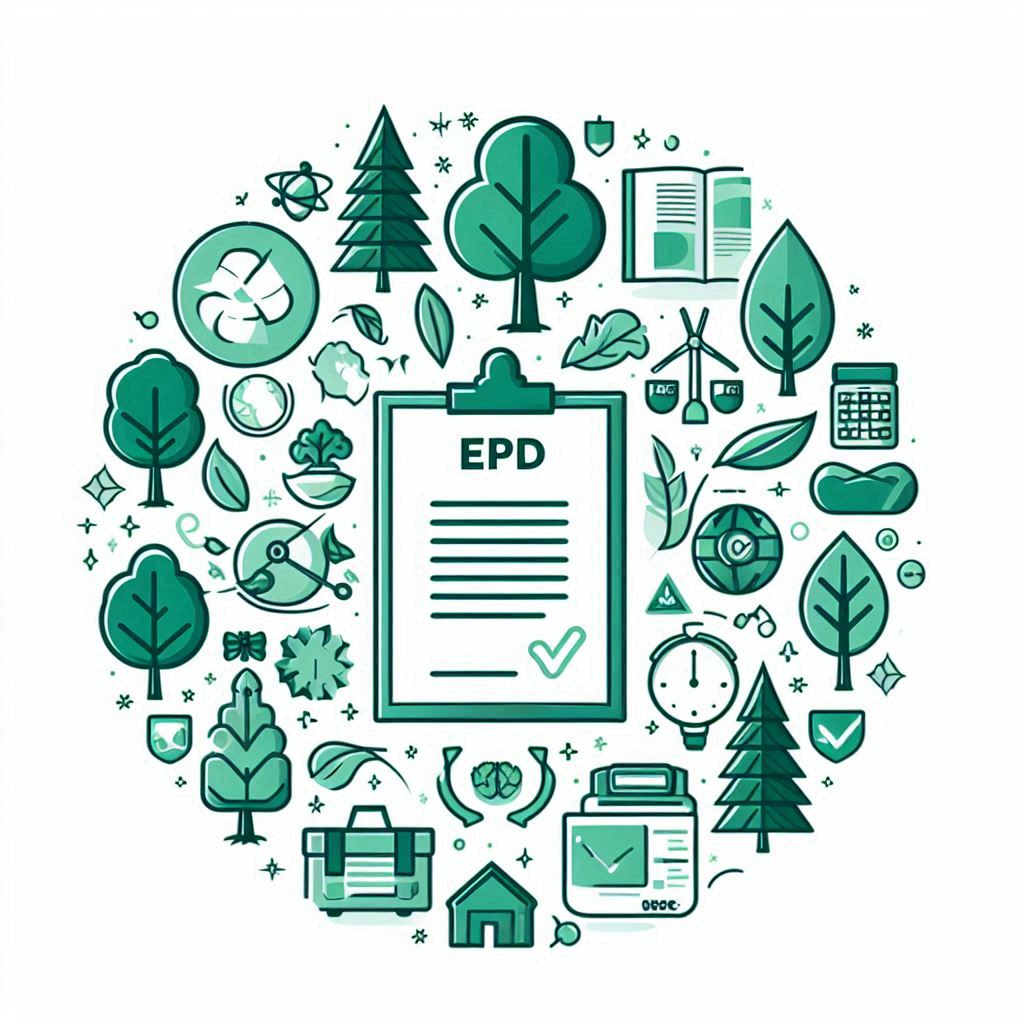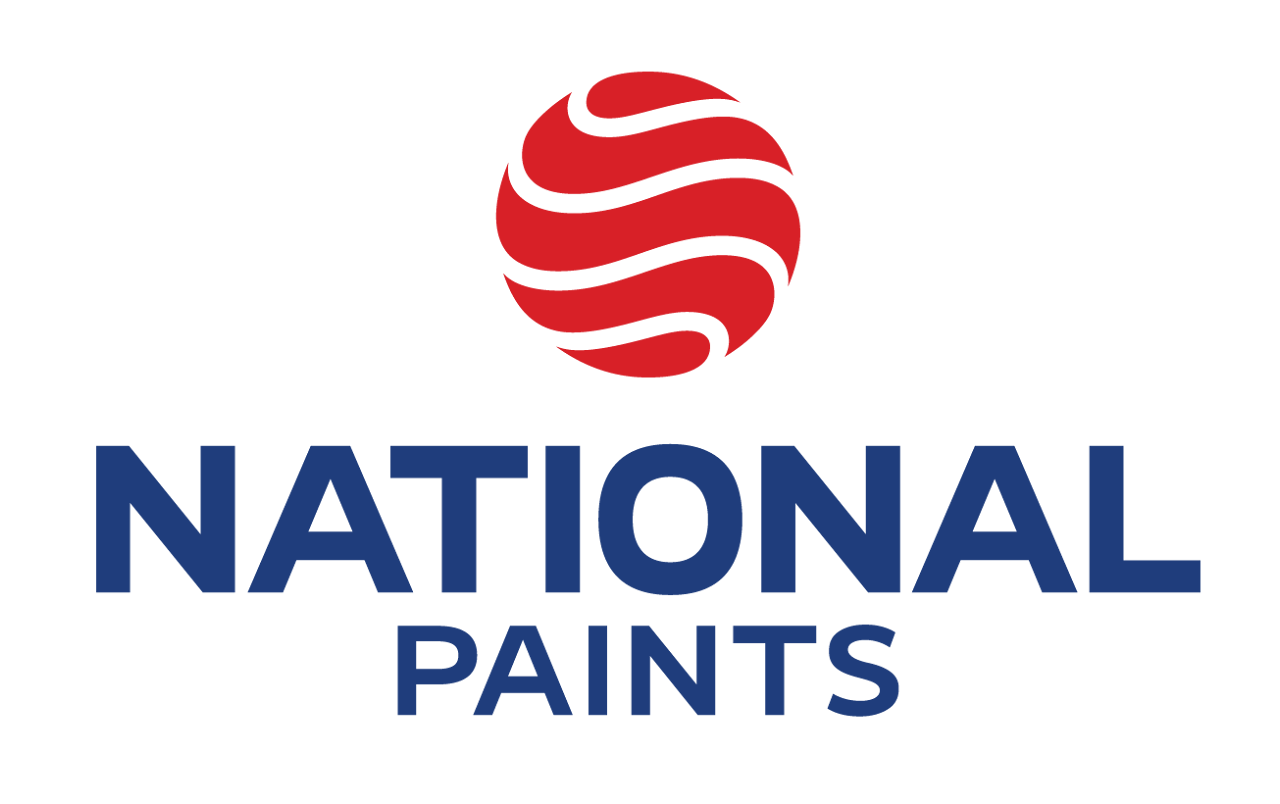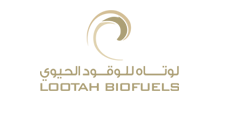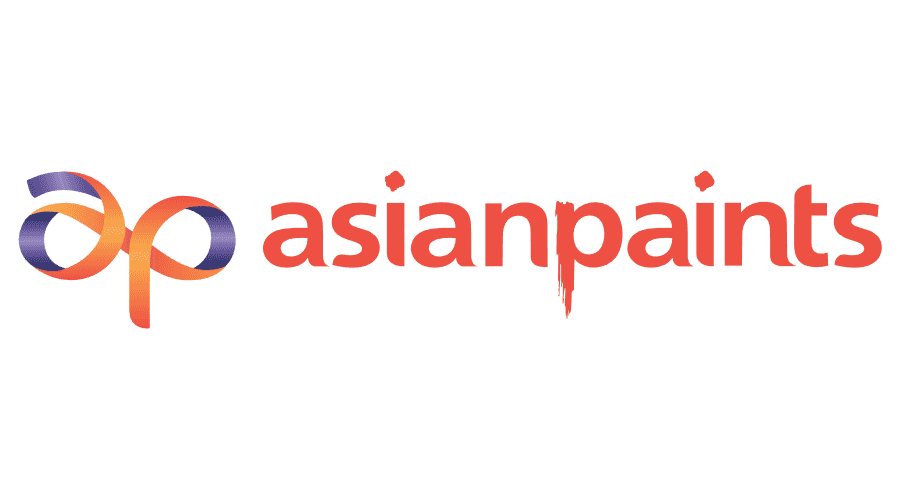Environmental Product Declaration (EPD) Solutions !
Globally Verified by the Environmental Footprint Institute - Spain
Get Your EPD Now ! EPD Sample
What is an Environmental Product Declaration (EPD)?
An Environmental Product Declaration (EPD) is a globally recognized document that provides transparent and verified information about the lifecycle environmental impact of a product. It allows businesses to communicate their product's sustainability credentials effectively. The primary goal of an EPD is to provide businesses, regulators, and consumers with reliable, third-party-verified information on the environmental footprint of a product. This includes data on:
- Energy consumption.
- Raw material sourcing
- Greenhouse gas emissions
- Waste generation
- Global Warming Potential (GWP)
- Ozone Depletion Potential (ODP)
- Water Consumption
This data helps stakeholders understand the overall environmental footprint of a product and enables more informed, sustainable decision-making.In an increasingly eco-conscious world, EPDs are critical for businesses that want to demonstrate their commitment to sustainability and meet regulatory or certification requirements such as LEED, BREEAM, and other green building standards.
Why Are EPDs Important for Your Products?
Environmental Product Declarations (EPDs) offer a wide range of benefits that can enhance your products' marketability, sustainability, and regulatory compliance. Here’s why EPDs are crucial for your products:
Build Customer Trust
Show transparency in your sustainability efforts with verified data on environmental impacts.
Data-Driven Decisions:
EPDs offer insights that help you enhance the environmental performance of your products.
Market Advantage:
EPD-certified products gain competitive advantages, especially in eco-conscious industries.
Meet Global Standards:
EPDs help your products comply with green certifications like LEED, BREEAM, and more.
Meet Regulatory and Certification Requirements
EPDs help you comply with global standards and certifications like LEED and BREEAM, ensuring your products meet regulatory requirements.
Improve Product Development and Decision-Making
Use EPD data to improve your product’s environmental performance and make more sustainable choices.
Ready to Get Your EPD?
At CQES International LLC, we offer expert EPD preparation services verified by the Environmental Footprint Institute - Spain. Our team ensures your EPD meets international standards and supports your sustainability goals.
Who Requires EPDs
EPDs are crucial for several industries and stakeholders:

Manufacturers:
To provide transparency and meet regulatory standards.
Architects & Engineers:
To meet green building certification requirements.
Government & Regulators:
For compliance with sustainability and carbon footprint standards.
Consumers:
Eco-conscious buyers use EPDs to make informed decisions.Frequently Asked Questions
Here are some frequently asked questions (FAQs) and their answers related to Engineering, Procurement, and Design (EPD), EPD preparation time, and verification:
1. What does the EPD process involve?
The EPD process typically involves three key stages: Engineering: Detailed planning and designing of the project, including technical specifications and project blueprints. Procurement: Sourcing and purchasing of materials and equipment needed for the project. Design: Creating detailed designs and plans for the project's implementation, including architectural and structural elements.
2. How long does it take to prepare an EPD?
The preparation time for an EPD project can vary widely depending on the project's complexity, scope, and size. On average, preparation can take anywhere from a few weeks to several months. Factors influencing the timeline include the project's scale, the availability of materials, and the efficiency of coordination among different stakeholders.normally a simple EPD will take around 2-3 weeks
3. What factors affect the preparation time for an EPD project?
Factors affecting preparation time include: Project Complexity: More complex projects require more detailed design and engineering work. Scope and Size: Larger projects with more extensive requirements take longer to prepare. Stakeholder Coordination: Efficient communication and coordination between engineering, procurement, and design teams can impact preparation time. Material Availability: The time required to source and procure materials can influence overall preparation time.
4. How is the EPD process verified and validated?
Verification and validation of the EPD process involve: Design Reviews: Regular reviews and approvals of design documents to ensure they meet project specifications and standards. Quality Checks: Ensuring materials and components meet quality standards and project requirements. Compliance Testing: Verifying that the project adheres to regulatory requirements and industry standards. Inspection and Testing: Conducting on-site inspections and tests to confirm that the construction or implementation aligns with the design and engineering plans.
5. What is the purpose of verification in an EPD project?
Verification ensures that the project is executed according to the approved designs and specifications. It helps identify and address any discrepancies or issues early on, ensuring that the final output meets quality standards, regulatory requirements, and project objectives. Verification is crucial for maintaining project integrity, safety, and functionality.
Globally Verified by Environmental Footprint Institute - Spain
All EPD certifications provided by CQES International LLC are verified by the Environmental Footprint Institute - Spain. These globally accepted EPDs ensure your products meet international environmental standards, helping you achieve sustainability goals in every market.
Address
Office 102, Shams Media City, Sharjah (UAE)
Call Us
+971 5858 7 9085 || +971 5858 4 9085
Email Us
sales@cqesint.com













